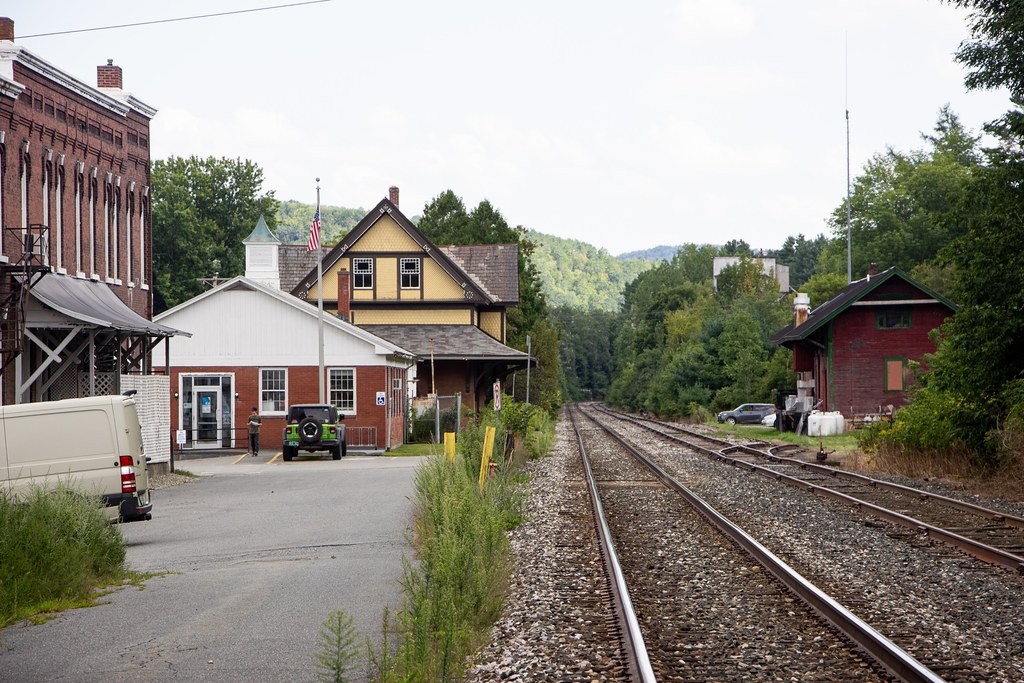
DISTRIBUTION
One of our big goals at Moon and Stars is to supply immigrant communities throughout the Northeast with this amazing, nutrient-dense food.
Through an effort to be totally efficient in energy usage, we have identified that Amtrak has a service called “The Vermonter” which travels daily from Vermont to New York. We hope to establish a relationship in which our corn and other farm products from Vermont are delivered to New York bi-weekly. We see enormous potential in working with the already established infrastructure along the railroad lines and are designing for food hubs at major stops that will include year round cold storage from renewable technologies, commercial kitchen for use of making value added goods, and market space to both diversify and increase markets for local farmers and farm cooperatives.
We have already identified between six and two -dozen farms at major hubs along the route from Vermont to New York. Why not create jobs and opportunity for the local economy by making commercial space available for making value added Vermont grown food products? New York City is one of the most diversified centers in the world with over a million Colombians alone. Like many Latin American countries, they lack access to ethically sourced and grown traditional foods.
Through direct marketing and cooperative member ownership, we can provide traditionally grown and nixtamalized heirloom corn arepas for affordable prices in wholesale or retail markets. Utilizing the rail system can and should keep shipping rates down while also supporting the growth of more sustainable transportation options and keeping trucks off the already packed highways. Zero carbon footprint transportation system to move Value Added Products.
Latin American cultures in urban centers currently lack access to healthy, cultural foods. We could close this gap by utilizing the railroad corridor to supply our products to populations that rely on them. The high cost of food is in large part because of the exorbitant distribution costs. The average cost of distribution is between 27 and 32% and because of the high cost of diesel fuel to run fleets of trucks that clog the arteries of metropolitan cities. We are in the 21 st century running on 19 th century models that are obsolete. Trucking inside densified areas is now inefficient and costly. Instead, our plan is to use our railways to create a distribution system to bring the value-added products into densified areas and build a system that is both modern and efficient.
Serendipitously, the BLM house is right across the road from the railroad station in South Royalton. The idea of centralizing these hubs along the railroad corridor is to give farmers and makers facilities where they can process and build a value-added economy based on the needs of densified areas.
We believe that in order for us to be sustainable we have to scale to a size where we are able to make an impact on consumption in densified areas.
In the meantime we are working on building an electric refrigerated van with the autonomy to reach NY or Boston between 250 and 300 miles to start distributing as soon as we have our hub built. We have the enthusiasm, vision, technology and resources to build a regenerative food economy and system.

